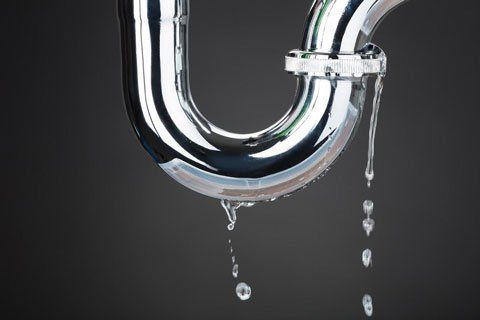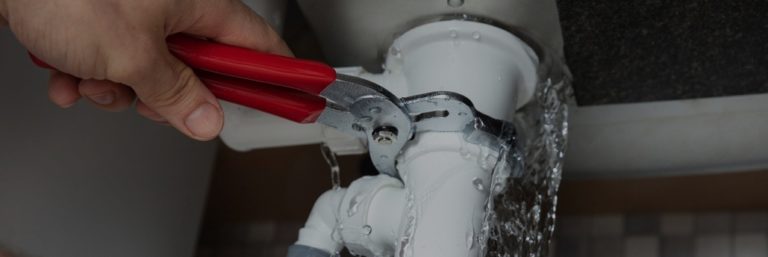What're your insights and beliefs about Detecting hidden plumbing leaks?

Early detection of dripping water lines can mitigate a prospective calamity. Some little water leaks might not be visible.
1. Examine the Water Meter
Every home has a water meter. Checking it is a proven way that aids you find leakages. For starters, switch off all the water resources. Make sure no person will certainly flush, make use of the faucet, shower, run the washing equipment or dish washer. From there, go to the meter and watch if it will change. Given that nobody is using it, there should be no motions. That indicates a fast-moving leak if it relocates. If you identify no adjustments, wait a hr or two and inspect back once more. This means you might have a slow leakage that can even be underground.
2. Inspect Water Usage
Examine your water costs and track your water usage. As the one paying it, you must discover if there are any inconsistencies. If you find sudden changes, regardless of your intake coinciding, it means that you have leaks in your plumbing system. Bear in mind, your water costs must drop under the exact same array monthly. An unexpected spike in your costs suggests a fast-moving leakage.
On the other hand, a consistent rise each month, despite the same habits, shows you have a slow-moving leak that's likewise slowly intensifying. Call a plumber to completely inspect your property, especially if you really feel a warm location on your floor with piping beneath.
3. Do a Food Coloring Test
30% comes from toilets when it comes to water consumption. Test to see if they are running correctly. Decrease flecks of food shade in the tank and also wait 10 minutes. If the shade somehow infiltrates your bowl during that time without flushing, there's a leak between the storage tank and dish.
4. Asses Exterior Lines
Don't forget to examine your outdoor water lines also. Needs to water seep out of the connection, you have a loose rubber gasket. One tiny leakage can waste lots of water and also spike your water costs.
5. Evaluate as well as Examine the Situation
Home owners need to make it a practice to inspect under the sink counters as well as also inside cupboards for any bad odor or mold and mildew growth. These 2 warnings indicate a leakage so prompt focus is required. Doing routine evaluations, also bi-annually, can conserve you from a significant issue.
If you understand your house is currently old, maintain a careful eye on your heaters, pipes, pipelines and so on. Look for discolorations and also deteriorating as a lot of pipelines and also home appliances have a life span. They will likewise naturally weaken as a result of tear as well as wear. If you think dripping water lines in your plumbing system, do not wait for it to intensify. Call a specialist plumber right away so you do not end up with an awful mess in your home.
Early detection of leaking water lines can alleviate a potential calamity. Some tiny water leaks might not be noticeable. Checking it is a guaranteed method that aids you find leaks. One tiny leakage can squander bunches of water as well as spike your water costs.
If you think leaking water lines in your plumbing system, don't wait for it to intensify.
WARNING SIGNS OF WATER LEAKAGE BEHIND THE WALL
PERSISTENT MUSTY ODORS
As water slowly drips from a leaky pipe inside the wall, flooring and sheetrock stay damp and develop an odor similar to wet cardboard. It generates a musty smell that can help you find hidden leaks.
MOLD IN UNUSUAL AREAS
Mold usually grows in wet areas like kitchens, baths and laundry rooms. If you spot the stuff on walls or baseboards in other rooms of the house, it’s a good indicator of undetected water leaks.
STAINS THAT GROW
When mold thrives around a leaky pipe, it sometimes takes hold on the inside surface of the affected wall. A growing stain on otherwise clean sheetrock is often your sign of a hidden plumbing problem.
PEELING OR BUBBLING WALLPAPER / PAINT
This clue is easy to miss in rooms that don’t get much use. When you see wallpaper separating along seams or paint bubbling or flaking off the wall, blame sheetrock that stays wet because of an undetected leak.
BUCKLED CEILINGS AND STAINED FLOORS
If ceilings or floors in bathrooms, kitchens or laundry areas develop structural problems, don’t rule out constant damp inside the walls. Wet sheetrock can affect adjacent framing, flooring and ceilings.
https://www.servicemasterbyzaba.com/blog/how-to-detect-water-leakage-in-walls/

As a fervent reader about Leaking water lines, I assumed sharing that piece of content was really helpful. Be sure to take the opportunity to distribute this page if you appreciated it. Thanks for your time spent reading it.